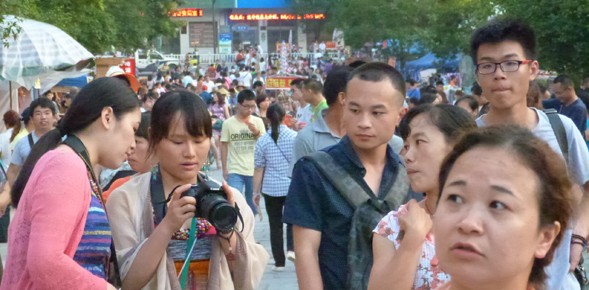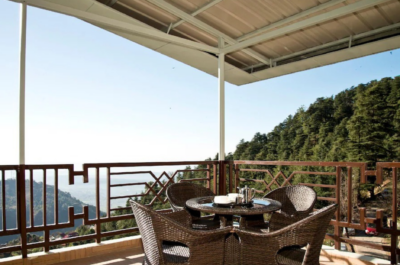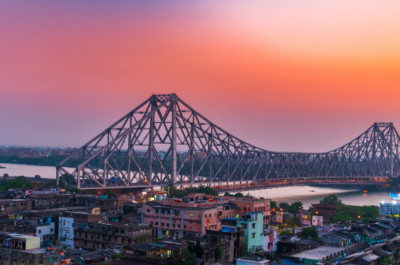Most Asian countries are today fighting to secure a slice of the Chinese travel pie. With record number of tourists and revenues spent abroad, the market is indeed very tempting. But there is also a negative side to it, which is called hyper-mass tourism.
GUILIN/BANGKOK- They are everywhere around the Tsim Sha Tsui area in Kowloon, Hong Kong. There is not a single mall in the area, a single shop which has not to cater to shopaholic Chinese rushing to buy anything, from luxury brands to baby milk powder. Looking at the data from the Hong Kong Tourism Commission, an average of 956,000 Chinese from the Mainland came everyday to the former British colony in 2012. This represents a staggering total of 39.6 million Chinese travellers, a market share of 72% of all arrivals to Hong Kong. Guilin alone, where the Mekong Tourism Forum was hosted last week, received last year over 190 million of domestic travellers. Most of Chinese cities deal with enormous numbers of travellers in similar ranges…
Of course, they all leave a lot of money in the cities and regions they visit. Last year, China became the world champion for tourist spending, overtaking Germany. Total China spending reached another staggering figure of US$ 102 billion. All countries around the world and especially Asia are looking to grasp a piece of the pie. Last year, Taiwan welcomed 2.6 million of Chinese from the Mainland, a progression of 45%. Thailand did even better: the Kingdom received closed to 2.8 million of Chinese up by 62.2% over 2011. Thailand now expects the three million mark to be overpassed in 2013. Even Indonesia looks at seeing the total number of Chinese passing the million-mark this year, almost a doubling of China total arrivals in 2011 (0.57 million). In a recent speech, China President Xi Jinping forecasted 400 million of Chinese outbound travellers in five years time!
China conquests the world and it has of course consequences that countries must take into consideration. Recently articles in magazines and newspapers as well as books have been published about Chinese travellers, not always in the best terms. Despite the fact that Chinese tourists behave in general relatively well –bad behaviours of Chinese are rather seldom compared to the enormous number of people on the move-, the multiplication factor can only have negative effect on destinations by adding pressure on natural and human resources.
Just in Guilin for example, mass tourism is taking its toll on any attraction: Boats cruising on the famed Li River look more like an armada with at least 50 ships following each other and taking away any sense of intimacy. In the streets of Yangshuo, a mountainous resort near Guilin, the crowd goes unabated from the early hours of the day until late at night, generating noise, waste and attracting sellers from all over the rural areas. Generally, any tourist site in China has to be shared with thousands of other visitors, rushing to take pictures or buying souvenirs. This is the most daunting aspect of mass tourism in China; in that case it could be characterized as “hyper mass tourism”.
Ms Potjana Suansri, a pioneer in community-based tourism (CBT) and currently Project Manager of the Thailand CBT Institute admitted that after seeing what tourism generates in China, she already e-mailed to communities around Thailand to be ‘extremely cautious’ when considering to advertise community tourism towards the Chinese market. “The Chinese travellers interested in CBT will find information on their own. It is the best way to preserve what is by essence a niche product”, she indicates.
“We also need to educate travel agencies to reassess the Chinese travel market. Not all destinations can be opened to China group tourism and that should be carefully evaluated. Maybe some areas could effectively be specialized in accommodating large groups of Chinese travellers”, tells Michael Zhou, President of Guilin Tang Dynasty Tours. Finally, local communities or politicians in charge of tourism will have to make a balance between a quick lure of profit and the preservation of a certain quality of living. That will certainly generate conflicts of interest.
Graphic- Chinese travellers on the move around Asia and the Pacific between 2011 and 2012 (in million)
Luc Citrinot a French national is a freelance journalist and consultant in tourism and air transport with over 20 years experience. Based in Paris and Bangkok, he works for various travel and air transport trade publications in Europe and Asia.












































































